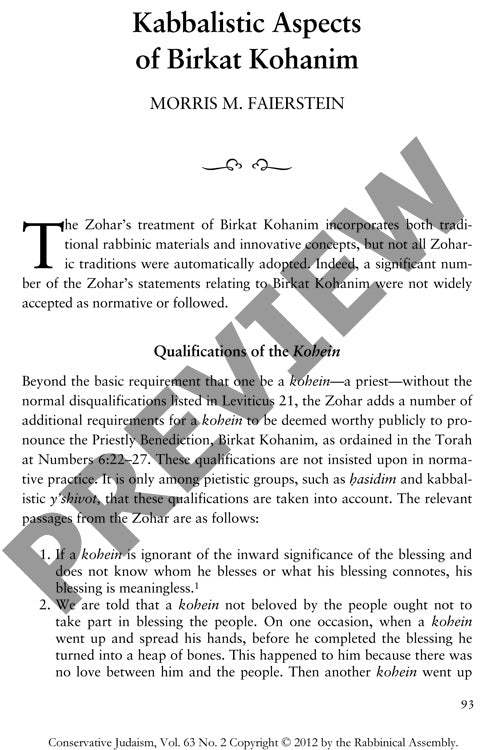Kabbalistic Aspects of Birkat Kohanim
Couldn't load pickup availability
The medieval Zohar's mystical reimagining of Birkat Kohanim (the Priestly Benediction) sparked tensions between traditional rabbinic practice and kabbalistic innovation that persist to this day. Through analysis of Zoharic passages and halakhic literature, a complex pattern emerges of selective adoption and resistance to mystical requirements for the ancient ritual. The Zohar introduced unprecedented spiritual qualifications for priests—including mystical knowledge, mutual love with congregants, and specific marital status—while also prescribing detailed ritual procedures and congregational behaviors. Yet these innovations gained limited traction beyond pietistic circles, with established customs generally prevailing in mainstream Jewish practice. Notable exceptions include the now-widespread custom of Levites washing priests' hands and the incorporation of kabbalistic prayers (t'hinnot) during the benediction. The findings reveal that while the Zohar profoundly influenced Jewish mystical thought, its practical authority proved insufficient to fundamentally alter most aspects of this cornerstone ritual, as rabbinic precedent maintained primacy in normative religious life.

More Information
-
Physical Description
-
Publication Information
Published 2012
ISBN
-
Publication Credits
Morris Faierstein

